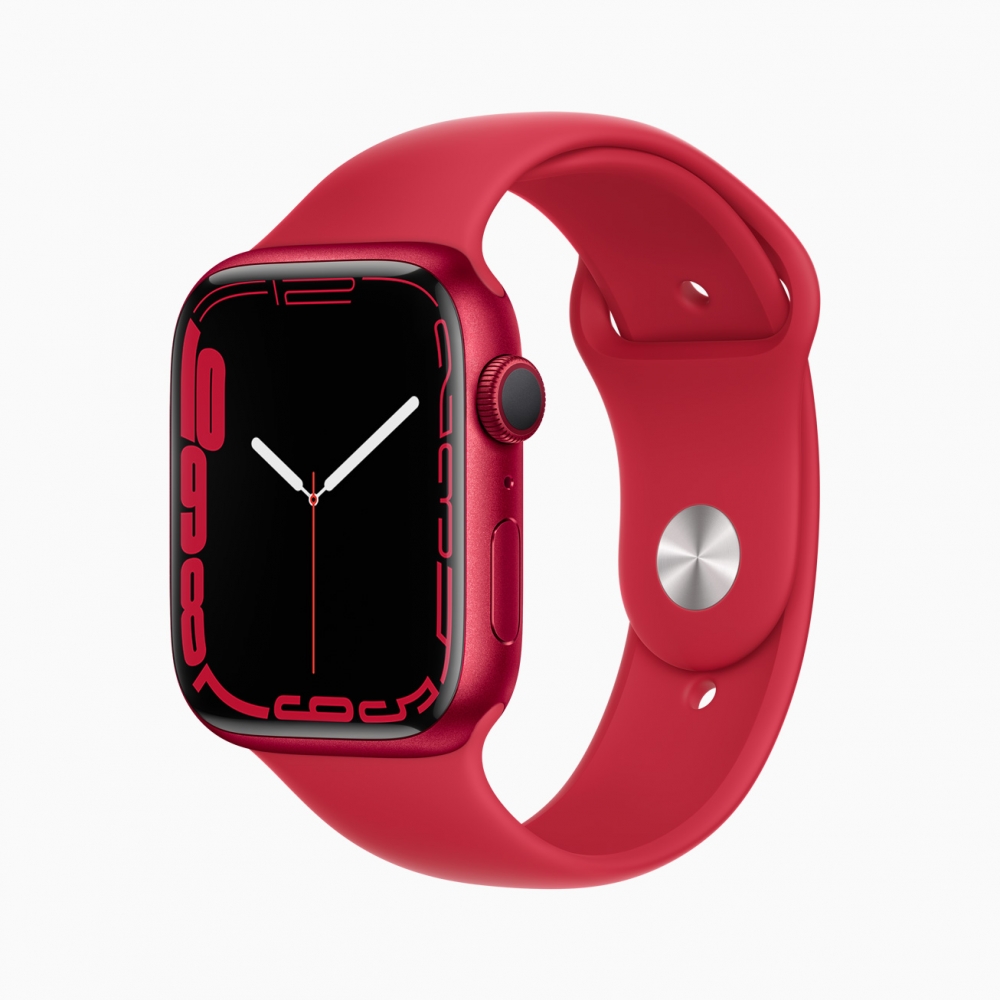

- #Alternative usb bootable os for mac g5 how to
- #Alternative usb bootable os for mac g5 mac os
- #Alternative usb bootable os for mac g5 install
- #Alternative usb bootable os for mac g5 drivers
- #Alternative usb bootable os for mac g5 download
You need still a little bit of command line: sudo apt update sudo apt install snapd sudo snap install snap-store Creating accounts for the kidsĪnother recommended step is to create accounts for your kids (if this is the intention of the rejuvenation of your Mac). Snapcraft is the app store that canonical ships with Ubuntu, but getting it up and running in Elementary OS is a straight forward. This App Center might be enough for many uses, however, I found Snapcraft much more interesting as from here you can install pretty nice versions of Chrome, Spotify or Skype among others. I used it to install LibreOffice (basically the open source alternative to Microsoft Office). Installing apps in Elementary OS is straight forward from its default App Center.
#Alternative usb bootable os for mac g5 how to
Once you have Elementary OS and you enjoy its speed you will start missing some apps (first one is the browser, definitely not my cup of tea so I quickly start googling how to get Chrome). I didn’t find anything outstanding here but just be aware that once the installation finishes, the steps I explained to enable your wireless card need to be repeated! Where are my apps? Installing Chrome, Spotify, Skype and others I didn’t take any backup from my hard drive, hence it was just to hit the Install Elementary OS icon from the bottom menu and follow steps. Let’s install it in the hard driveĪfter playing around a bit with the USB booted version and noticing a much much much better performance than what I had with MacOS Catalina, I decided to go for installation. Once you can reach the internet from Elementary OS, open a terminal and wrote the following commands: sudo apt-get install firmware-b43-installer sudo modprobe -r b43 sudo modprobe b43 Ok, I like it. To solve this problem, the first you need to do is to connect your Mac to the internet either with an Ethernet cable or by connecting via USB a mobile phone with tethering enabled (this second approach worked very well for me). There is a lot of information out there to do it.
#Alternative usb bootable os for mac g5 drivers
Seems it is a well-known issue and you need to install certain drivers to get your WI-FI card in order. Soon you will notice that either your WI-FI card doesn’t show up at all or you can see a few WI-FI networks but you struggle to connect. Once Elementary OS loads, you will see it all looks pretty familiar to you, as the UI seems pretty similar to our beloved MacOS, however, when it is about installing Linux, it cannot be a rosy picture of course. Elementary OS will start booting and it will offer you the possibility to evaluate it from the USB I’m in, looks nice but my WI-FI doesn’t work You will be offered the different partitions your Mac can boot from and you just need to select the USB drive you flashed with Etcher.

You can donate (I would do so) or just downloaded for free.
#Alternative usb bootable os for mac g5 download
#Alternative usb bootable os for mac g5 mac os
I refreshed its MacOS but the performance of Mac OS Catalina was just terrible. Getting them touching my precious Macbook Pro, or might corporate laptop is not something I’m ready for.Īs a result, I tried to get for them my old iMac (2012) up and running. Kids are in Skype meetings with the school in the morning, downloading homework from the school campus and also socialising through the screen.


 0 kommentar(er)
0 kommentar(er)
